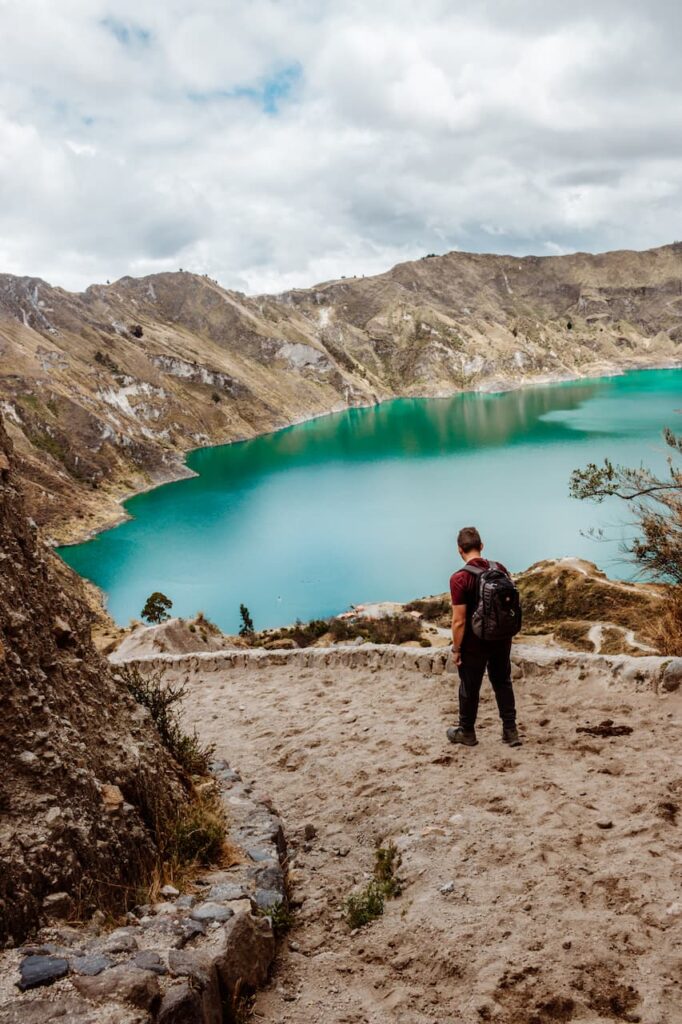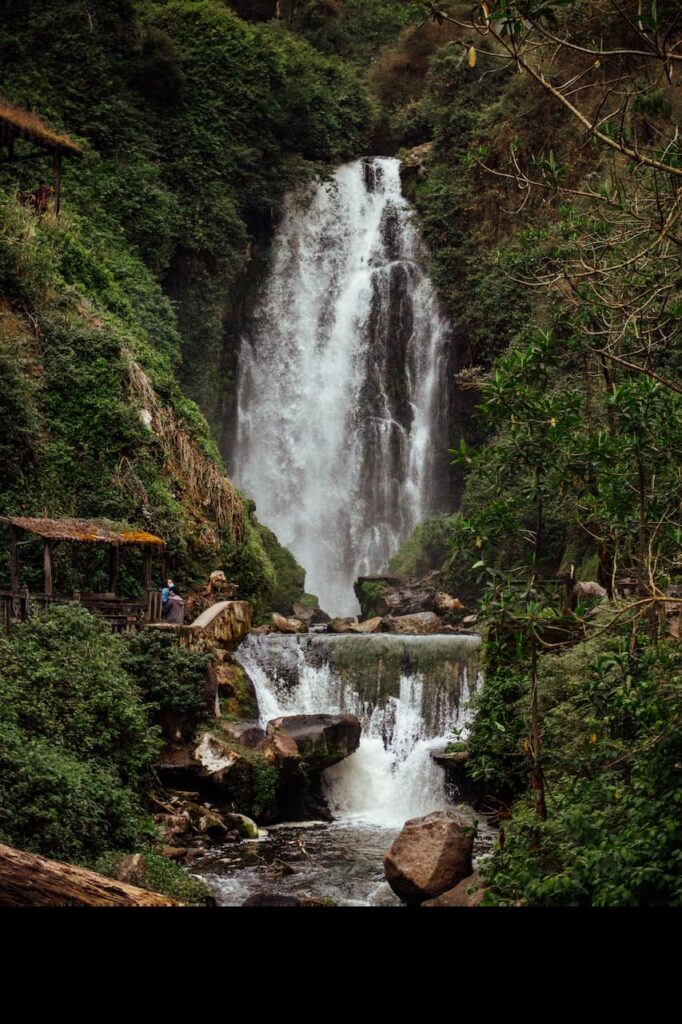Diverse Landscapes and Climates in Ecuador, Peru, and Chile
Venturing into the backcountry of South America is an invitation to explore some of the most diverse and breathtaking landscapes on Earth. Traveling to Ecuador might require a lot of preparation. From the dense greenery of the Amazon Basin in Ecuador to the ancient, mystical Inca trails of Peru, and the windswept pampas and towering peaks of Chilean Patagonia, each country offers its own unique set of natural wonders. The climates in these regions are just as varied, ranging from the humid tropical rainforests of the Amazon to the arid deserts of northern Chile, and the high-altitude, cold climates of the Andes Mountains. Such diversity demands thorough preparation and an understanding of the unique challenges posed by each environment.
The Importance of Being Adequately Prepared
Trekking through these pristine environments is not only an adventurous endeavor but also a responsibility. The right preparation is crucial for both the safety of the traveler and the preservation of these delicate ecosystems. Adequate gear ensures comfort during long treks, protection in harsh weather conditions, and overall safety in remote areas where help might not be readily available. This guide aims to equip adventurers with the knowledge to choose the right gear for an unforgettable and responsible journey through the heart of South America’s wilderness.
Essential Outdoor Equipment
High-Quality Backpack

In the varied terrain of South America’s backcountry, a high-quality backpack is your most trusted companion. It should be robust enough to withstand harsh conditions yet lightweight to not burden you during long treks. Look for backpacks with a capacity of 50-70 liters for extended trips, featuring waterproof materials, comfortable straps, and an ergonomic design that distributes weight evenly. A backpack with multiple compartments helps in organizing gear effectively, ensuring essentials are easily accessible.
Footwear
The right outdoor footwear can make the difference between an enjoyable trek and a painful ordeal. For the diverse terrains of Ecuador, Peru, and Chile, a pair of high-quality, waterproof hiking boots is essential. These boots should provide ample ankle support, a sturdy grip for slippery and uneven surfaces, and be broken in before the trip to avoid blisters. In areas like the wet Amazonian rainforests or the snowy Andean peaks, specialized footwear may be required, such as waterproof trekking shoes or insulated boots.
Climate-Appropriate Clothing
The key to handling the diverse climates of these countries lies in versatile, layerable clothing. Start with moisture-wicking base layers that keep you dry, add insulating mid-layers such as fleece or down jackets for warmth, and top with a waterproof and windproof outer layer. Quick-drying fabrics are ideal as they reduce the discomfort of wet clothing and the risk of hypothermia in colder areas. Don’t forget accessories like hats, gloves, and UV-protection sunglasses, especially at high altitudes where the sun can be particularly harsh.
Navigation Tools
GPS devices, maps, and compasses are indispensable for safe navigation in the backcountry, where trails might not be well-marked, and cell service is non-existent. A GPS device can be a lifesaver, but it should not be solely relied upon. Traditional topographic maps and a compass should always be part of your gear, along with the knowledge of how to use them. In remote regions, always inform someone of your planned route and expected return time.
Trekking Poles
Trekking poles are an essential item for traversing the challenging terrains of Ecuador, Peru, and Chile. They provide stability on uneven ground, reduce the impact on knees during descents, and assist in maintaining a consistent rhythm during long treks. Look for poles that are lightweight, adjustable, and have a comfortable grip. Shock-absorbing poles can be beneficial, especially when carrying a heavy backpack.
Climbing Equipment
The Andes Mountains offer some of the most spectacular climbing opportunities in the world for example Cotopaxi National Park. Essential climbing gear includes a climbing harness, ropes, carabiners, belay devices, and a helmet. It’s crucial to ensure that all equipment meets international safety standards. For high-altitude climbing, specialized gear such as ice axes, crampons, and mountaineering boots may be required.
Camping Essentials
Tents and Sleeping Bags
When camping at high altitudes, such as in the Andes, it’s essential to have a four-season tent and a sleeping bag rated for low temperatures. The tent should be wind-resistant, waterproof, and easy to set up. A good sleeping bag should have a comfort rating that suits the lowest temperatures you expect to encounter.
Portable Cooking Equipment
Lightweight stoves are a must for cooking in remote areas. Options include canister stoves, liquid fuel stoves, or lightweight wood stoves. Also, pack utensils that are durable, easy to clean, and as light as possible.
Water Purification Systems
In remote areas, access to clean water is crucial. Portable water filters, purification tablets, or UV light purifiers are effective ways to ensure water safety and prevent illnesses.

Safety and Survival Equipment
First Aid Kit
A well-stocked first aid kit is essential. Include items for treating blisters, cuts, burns, and other minor injuries. Also, carry medications for altitude sickness, pain relief, and any personal medications.
Emergency Communication Devices
In areas with no cell service, carry a satellite phone or a Personal Locator Beacon (PLB) for emergencies.
Weather-Resistant Gear
Rain gear and thermal protection are critical. Waterproof jackets, pants, and durable rain covers for your backpack are advisable.
Environmental Considerations and Sustainability
Eco-Friendly Products
Choose biodegradable soaps, environmentally friendly packaging, and avoid single-use plastics. Leaving no trace is vital to preserving these natural environments.
Wildlife Safety Tools
Be aware of local wildlife and carry appropriate safety gear, such as bear spray in areas with bears. Always maintain a safe and respectful distance from wildlife.
Country-Specific Recommendations
Ecuador
In the Amazon rainforest, pack insect repellent, waterproof gear, and quick-dry clothing. For the Galapagos, include snorkeling gear and sun protection.
Peru
For the Inca Trail, bring altitude sickness medication and sturdy hiking boots. High-altitude gear is essential.
Chile
Prepare for Patagonia’s unpredictable weather with layered clothing and strong windproof gear. In the Atacama Desert, carry ample sun protection and hydration packs.
Conclusion
Proper gear is not just about comfort, but safety and sustainability. With the right preparation, adventurers can responsibly enjoy the natural beauty of Ecuador, Peru, and Chile.